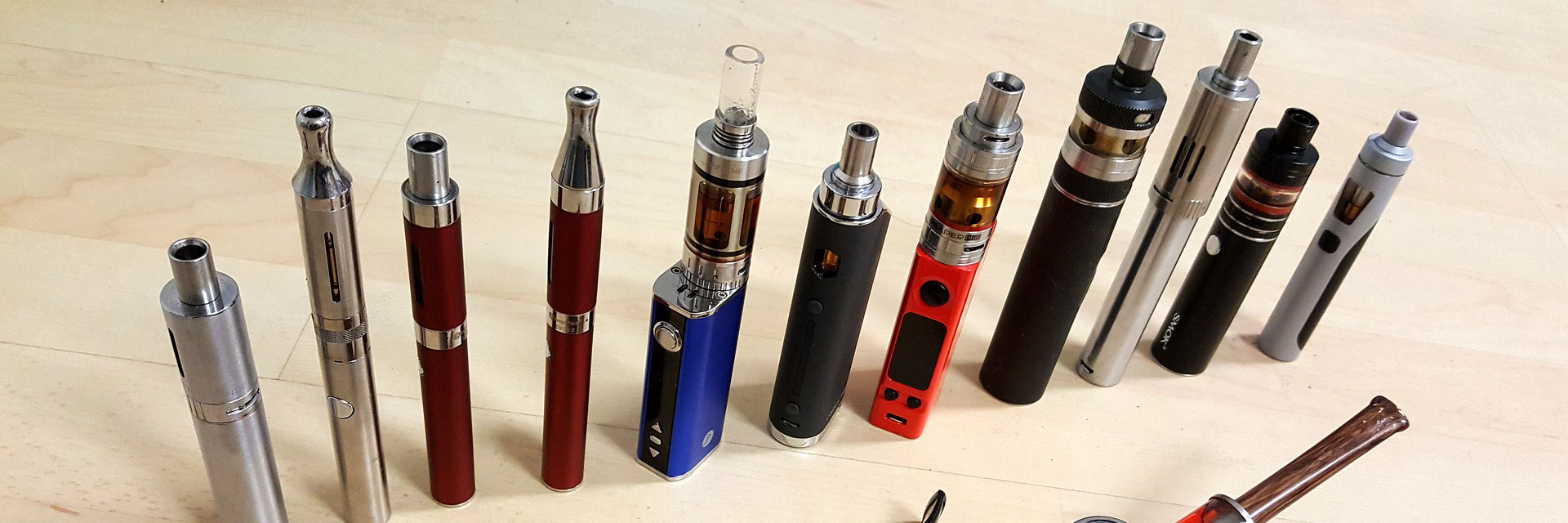“Vaping” — the use of e-cigarettes — has become a popular alternative to smoking conventional cigarettes. But is it safe?
When e-cigarettes first came on the market, they were advertised as useful smoking cessation aids — similar to nicotine patches. However, vaping has now become its own lifestyle, and many users are choosing to continue smoking e-cigarettes long-term. If you’ve switched from cigarettes to e-cigarettes — or if your teen has started smoking them — you should know about the potential health risks.
What We Know, What We Don’t
Electronic cigarettes, or e-cigarettes, are battery-operated devices that turn nicotine and other chemicals into a vapor that can be inhaled. Currently, the U.S. Food and Drug Administration (FDA) does not approve e-cigarettes for use as a smoking cessation aid. The FDA also does not regulate e-cigarettes, which means there is no guarantee regarding the amount of nicotine and other chemicals a particular brand of e-cigarette contains. A 2014 study found that the levels of nicotine in e-cigarette cartridges can vary drastically from one brand to another. Lab testing conducted by the FDA in 2009 found that two leading brands of e-cigarettes contained toxic, cancer-causing chemicals, including a substance used in anti-freeze.
Because e-cigarettes don’t produce traditional smoke fumes, users may believe they aren’t exposing others to harmful secondhand toxins. However, studies have found harmful chemicals, carcinogens and potential irritants in vaping emissions. The lack of regulation and knowledge surrounding e-cigarettes has led the American Lung Association to issue a statement of strong concern over the health consequences of e-cigarettes.
Gateway Drug?
Another growing concern about e-cigarettes is that they increase the likelihood of tobacco use among children and teens. Research conducted by the Centers for Disease Control and Prevention and the FDA between 2011 and 2013 revealed that youths who vaped were twice as likely as their non-vaping peers to say they intended to use conventional cigarettes. The U.S. Department of Health and Human Services cautions that using e-cigarettes may lead kids to try tobacco products.
“There are thousands of e-cigarette flavors on the market, many of which are sweet or fruity and appeal particularly to younger people,” says Rebecca Doebele, M.D., pulmonologist on the medical staff at Texas Health Presbyterian Hospital Dallas. “As more teens use e-cigarettes and are exposed to smoking culture, parents should educate their children about the dangers of unregulated products, tobacco use and addiction of any kind.”

